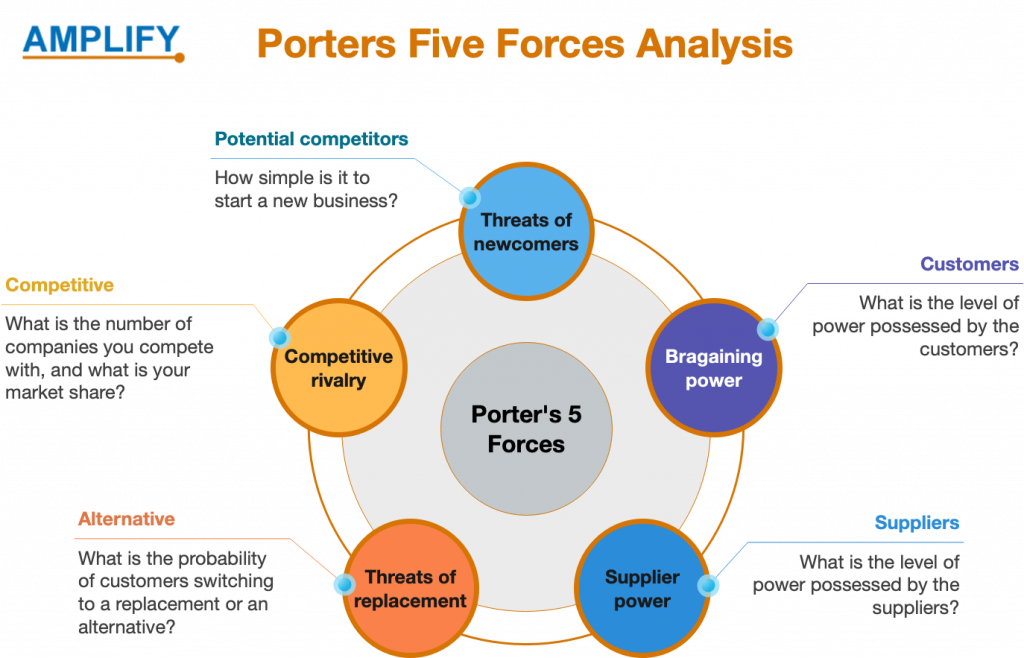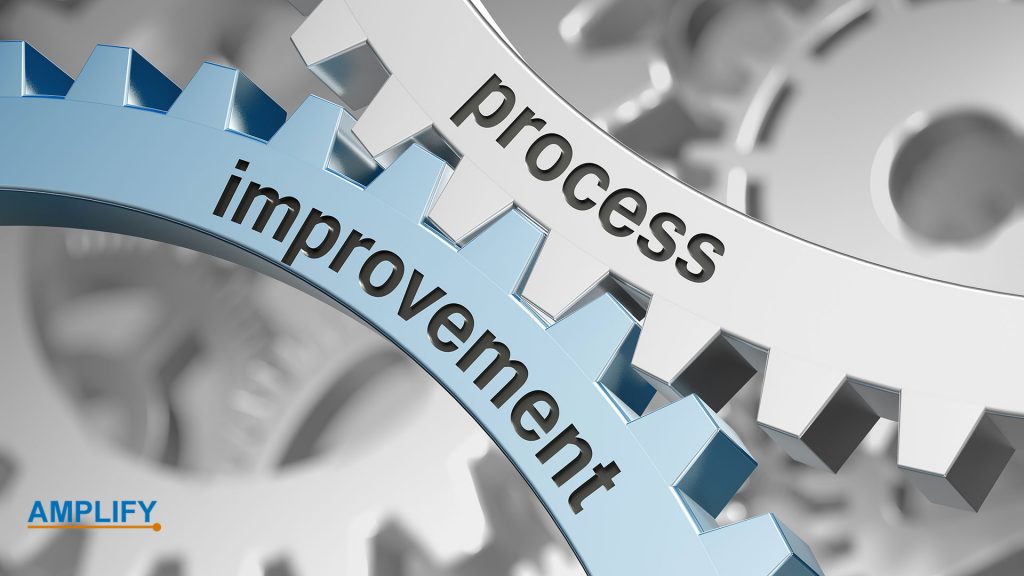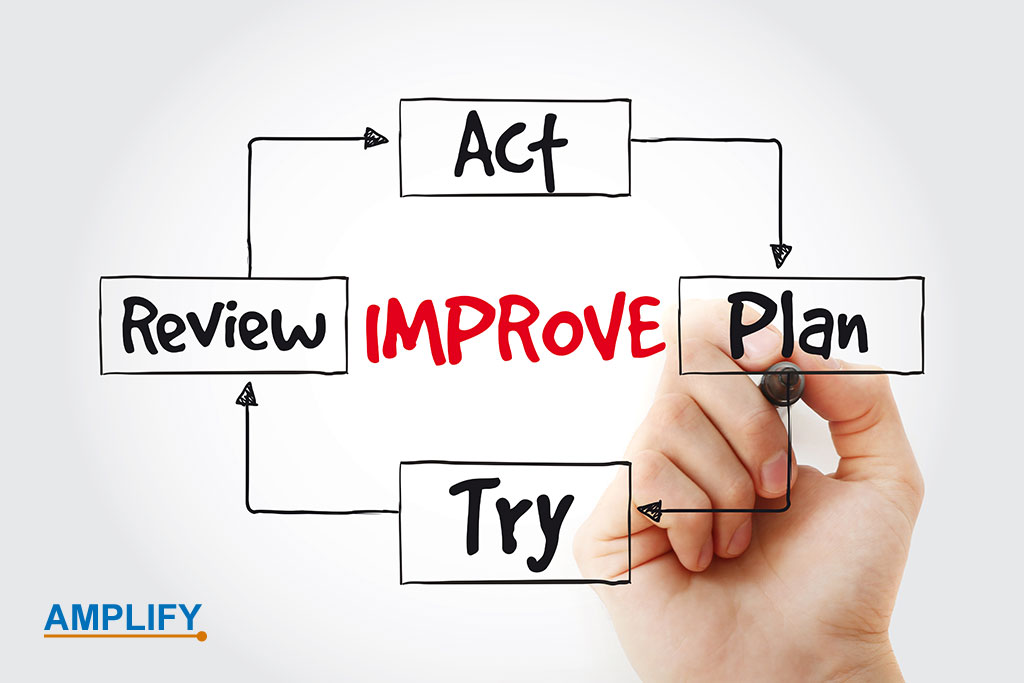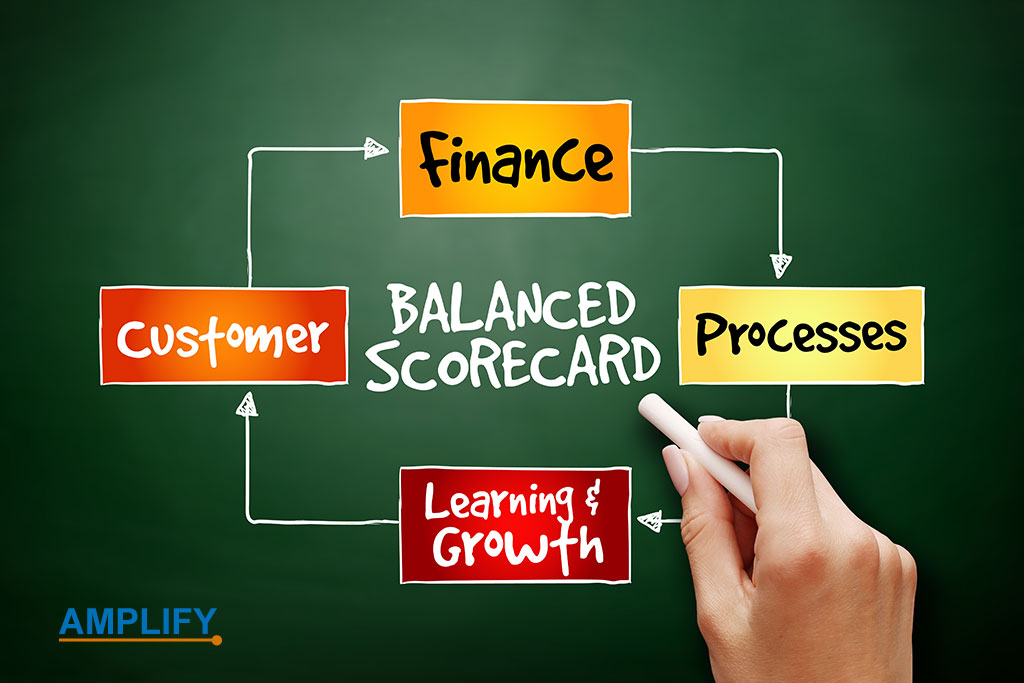How can your company create a realistic sales forecast?
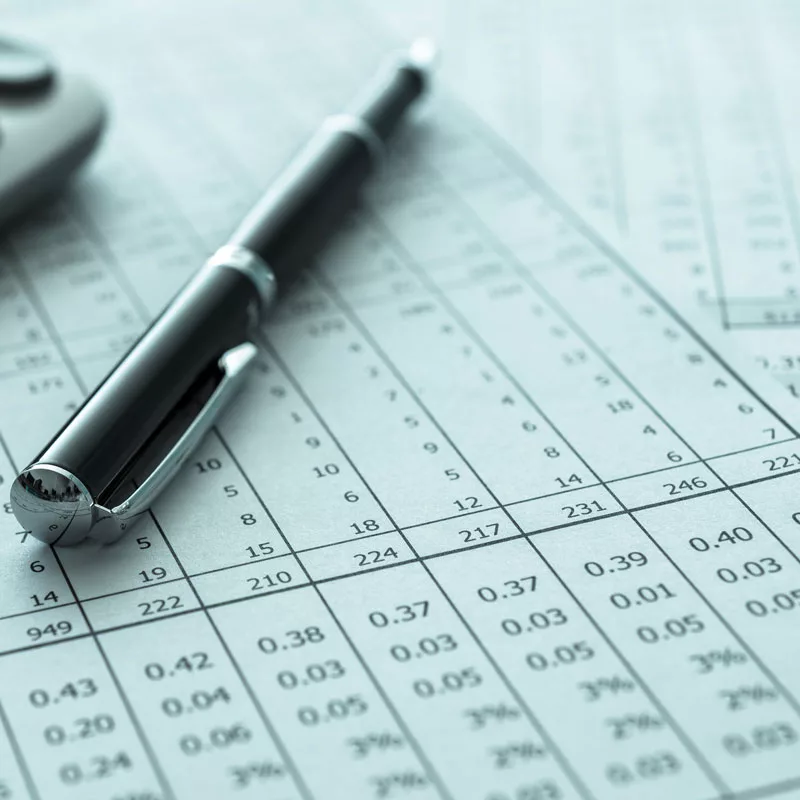
Know your sales cycle.
Crafting a realistic Sales Forecasting is vital for any business. It requires projecting revenue using historical data, market trends, and customer behavior. In uncertain or volatile markets, this task becomes challenging. To ensure accuracy, please take a look at these best practices.
First, analyze historical data for patterns and seasonal changes.
Second, understand customer behavior to customize your forecast.
Third, collaborate with sales teams for valuable insights.
Fourth, monitor market trends and external influencing factors.
Fifth, utilize predictive analytics to process large datasets.
Sixth, set realistic goals through balanced evaluations.
Seventh, review and adjust the forecast regularly.
Eighth, measure accuracy and learn from previous errors.
Lastly, encourage cross-department collaboration to strengthen forecasting efforts.
These practices can lead to informed, adaptable sales forecasts, guiding planning and decision-making.The average time from first contact to purchase is your sales cycle. Industry, product, customer segment, and sales strategy determine it. Knowing your sales cycle can help you estimate how long and likely a deal will close. Historical data, customer feedback, and sales analytics can track your sales cycle. Segment your sales cycle by product type, customer size, or lead source to gain more insights.
Try different approaches.

Creating an accurate sales forecast is crucial for any business, as it involves projecting revenue based on historical data, market trends, and customer behavior. However, in uncertain or volatile markets, this task may be challenging. Thus, to increase accuracy and dependability, certain best practices are essential. Initially, analyzing historical data, understanding customer behavior, and collaborating with the sales team are fundamental steps. Subsequently, monitoring market trends, employing predictive analytics, and setting realistic goals are vital actions to follow. Moreover, regularly reviewing and revising the forecast is a crucial task.
Furthermore, measuring forecast accuracy and promoting cross-functional collaboration enhances the overall process. By adopting these practices, businesses can form informed, adaptable sales forecasts. On the other hand, entrepreneurs may overestimate sales forecasts due to enthusiasm. Therefore, preparing for worst-case scenarios, such as sales being 20% of the “most likely” outcome, is essential. Finally, a resilient company must be prepared to survive challenging outcomes and adjust as needed.
Engage Your Sales Team and Stakeholders for Better Results
In any company, the sales team and stakeholders possess valuable knowledge. They maintain direct contact with customers and prospects. Their insights are vital for accurate sales forecasting and effective implementation. Providing clear goals and expectations ensures active involvement. Open communication encourages feedback and ideas from these contributors. Involving them enhances buy-in, motivation, and accountability. It leads to improved results and success. Emphasizing collaboration values their input, fostering a cohesive approach to sales forecasting. This benefits both the sales team and stakeholders.
Use the Right Tools and Technology to Revise and Enhance Your Sales Forecast Regularly
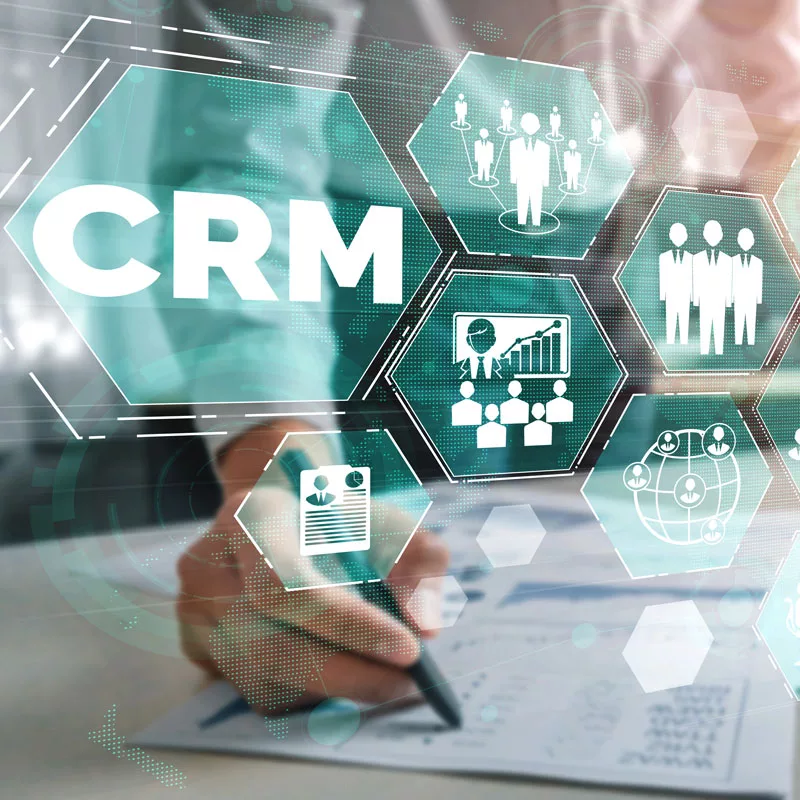
Your sales forecast is dynamic, reflecting market trends and customer behavior. It isn’t a one-time creation but requires regular refinement. Incorporating the latest data and feedback ensures its accuracy and relevance.
Consider utilizing tools and technology for an accurate sales forecast. Software can automate data collection, analysis, and reporting. This eases manual tasks and saves time. These tools offer dashboards, visualizations, and alerts. They provide a view of sales performance. Harnessing artificial intelligence and machine learning enhances forecasting. Advanced algorithms analyze complex datasets, identifying trends. This enhances forecast reliability, empowering data-driven decisions.
Treat your sales forecast as a learning opportunity, not just a task. Use it to gain insights into sales processes. Regular review ensures accuracy and improves future projections.Embrace a proactive approach to maintain your sales forecast. This empowers adaptation to changing environments. It optimizes performance, achieving success. Your evolving sales forecast becomes a strategic asset, driving growth and success.
The Amplify Program

The Amplify Program is a resource for industry-specific companies seeking excellence in Corporate Development and growth. Participating businesses gain essential tools to thrive in their fields through dynamic offerings such as boot camps and networking events. With Amplify, access a network of experienced mentors eager to share wisdom. These professionals provide feedback, opening doors to new networking opportunities. This propels your company forward in the competitive market.
We commit to providing comprehensive performance metrics and market insights in our program. With this data-driven knowledge, strategically identify target markets and effective sales strategies. Achieve and exceed growth objectives. Don’t miss the chance to elevate your company’s Corporate and business development. Join the Amplify Program and unlock opportunities for your industry-specific enterprise. We empower you with knowledge, connections, and resources to conquer today’s business challenges.
Amplify your success with us!











